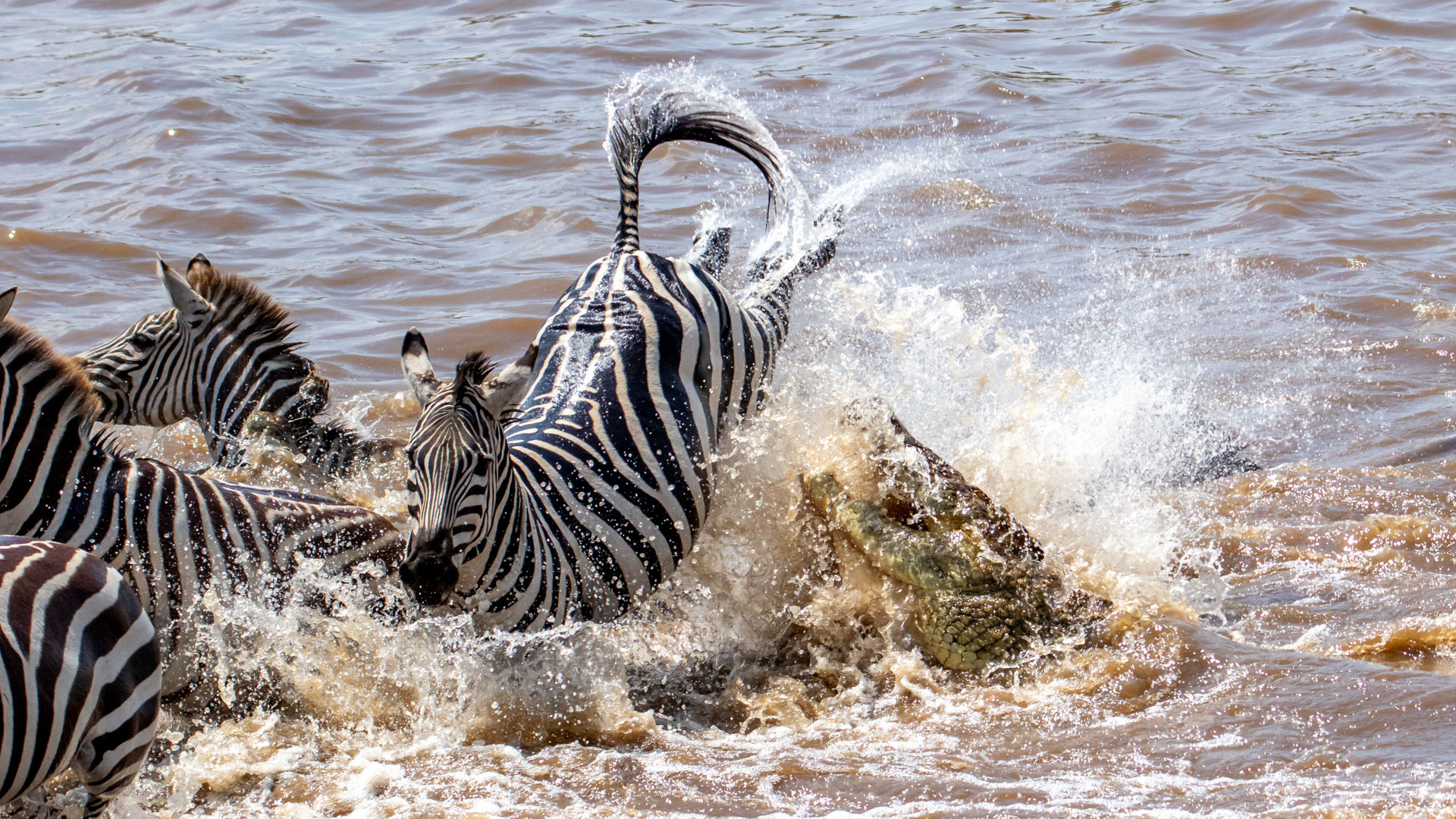
As we mentioned last week, the Great Migration has begun — one of the most awe-inspiring natural phenomena on Earth. Millions of zebras and wildebeest migrate across the Serengeti-Mara ecosystem in search of food and water. The first evidence of this cycle dates back to about two million years ago when fossilized footprints of wildebeest were found in the Serengeti. The wildebeest travel roughly 3,000km each year. The journey is long and treacherous but those who survive are rewarded with a lush landscape and abundant grazing. The herds of animals stretch for kilometres as they make their way to cross the Sand River into the Mara and a few groups have crossed directly into the Mara Triangle.

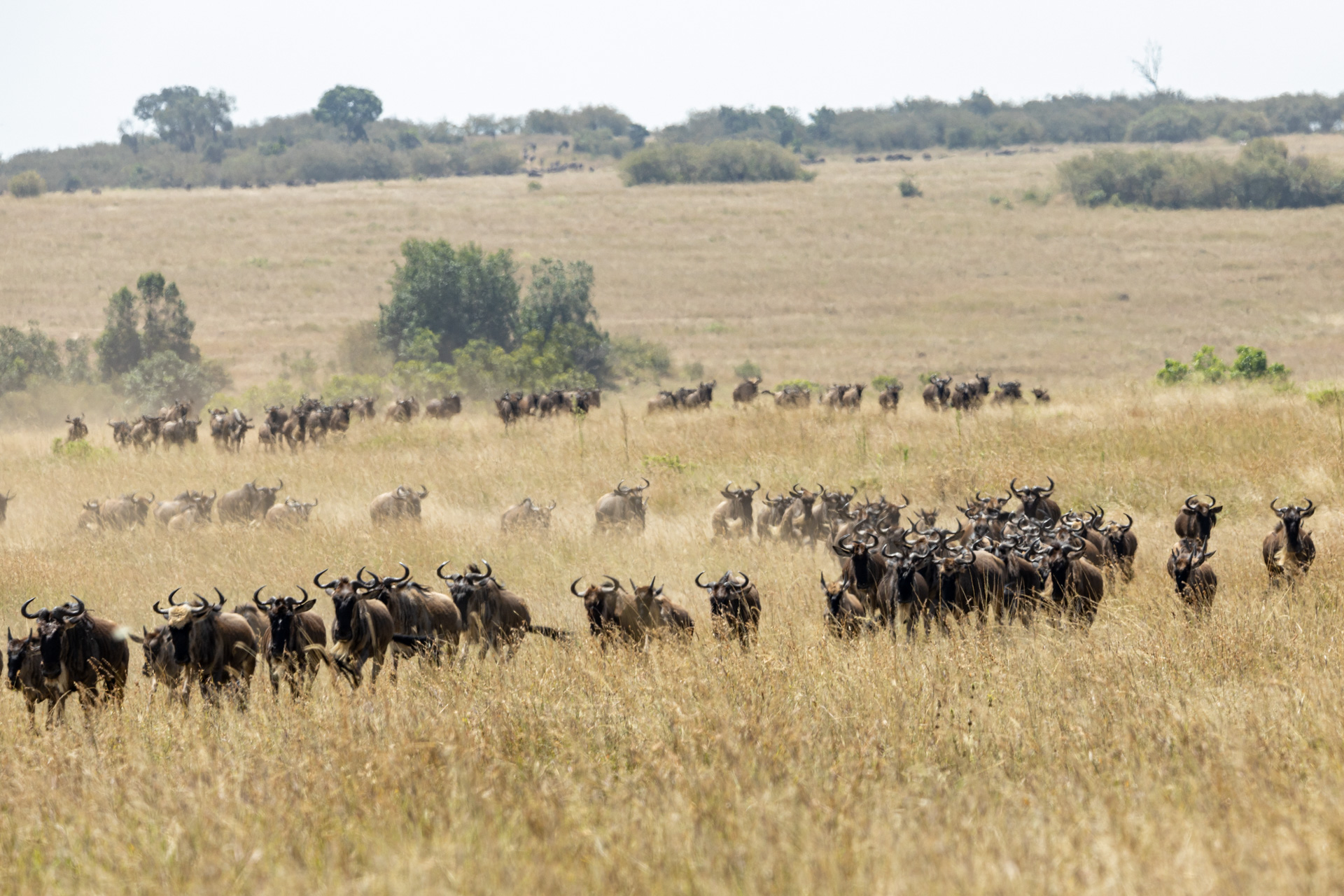

The herds face constant challenges as they are followed closely by lions, hyenas and other predators, while the rivers are often filled with crocodiles. This week, about five thousand zebras were gathered on the banks of the Main Crossing in the Mara River getting ready to jump in. The crocodiles, sensing an easy meal, were lurking in the water, waiting for their chance. It was a chaotic scene in the river as the hippos tried to protect their young ones amidst the commotion.
After several hours, one zebra decided to cross the river, and then, one by one the others followed. The crocodiles immediately swam towards them and snapped at their heels. Aware of the danger, zebras minimise their risk by crossing in large herds, which makes it difficult for the crocodiles to pick off individuals. Unfortunately, as the photos show, not all of them survive the dangerous trip across.


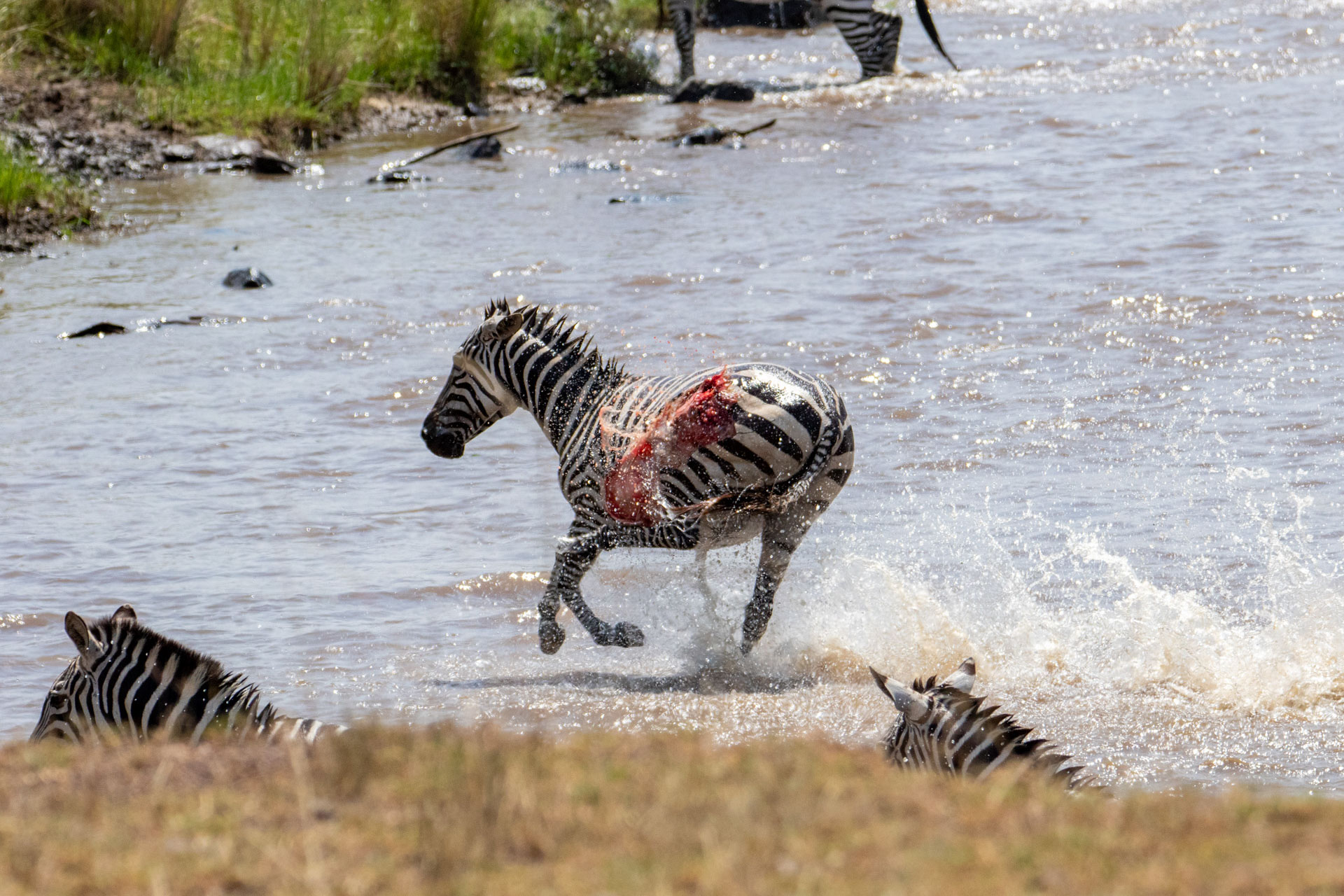
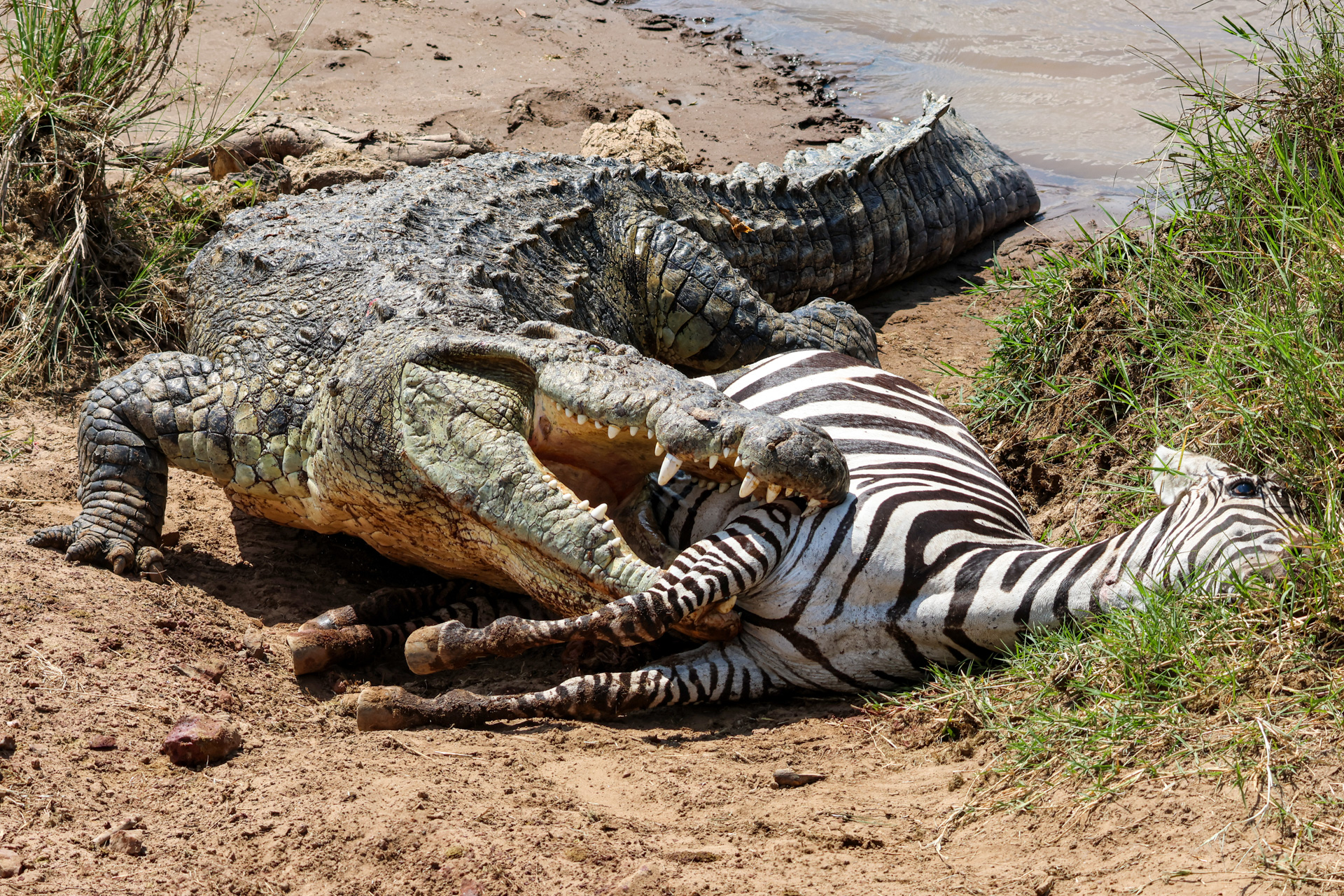
Predators aside, the Great Migration also attracts many a bird. One of these is the fork-tailed drongo. As insectivores, their diet consists mainly of flying insects, such as grasshoppers, termites and bees. I captured a photo of one snatching a delicious stick insect. Fork-tailed drongos are noisy birds and they have a variety of calls, including whistles, shrieks and clicks. Birds of many talents, they can mimic the calls of other birds and they are known for their intelligence and problem-solving abilities. They are also considered social creatures, often forming small flocks as cooperative breeders, where several pairs will help to raise each other's young.
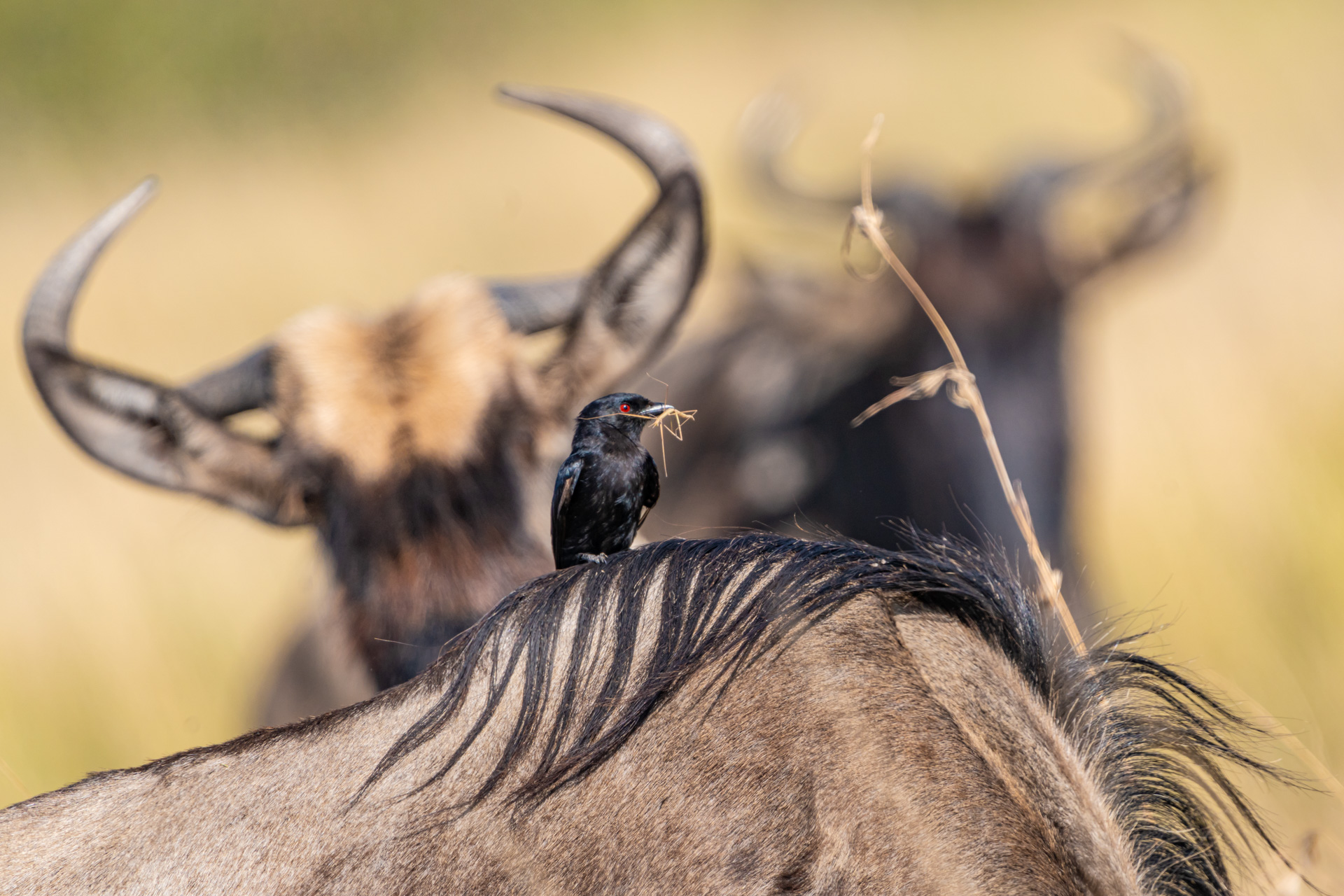
Another bird we have noticed in the area with the herds is the wattled starling. They are the only African starling that has wattles, which are small fleshy structures that hang off the throat and the face of the males. Wattled starlings often form large flocks and their loud calls can be heard over long distances.

The bond between a cheetah and her cubs is one of the strongest in the animal kingdom. The mother will do everything she can to protect her cubs from predators and spends every day teaching them how to hunt and survive in the wild. The relationship between Risasi and her two boys is a beautiful example of the power of family. This day, Risasi was witnessed scanning the horizon on mounds as she regularly does. In another successful hunt, she was quick as lightning as she nabbed a Thomson's gazelle in the Topi Plains.
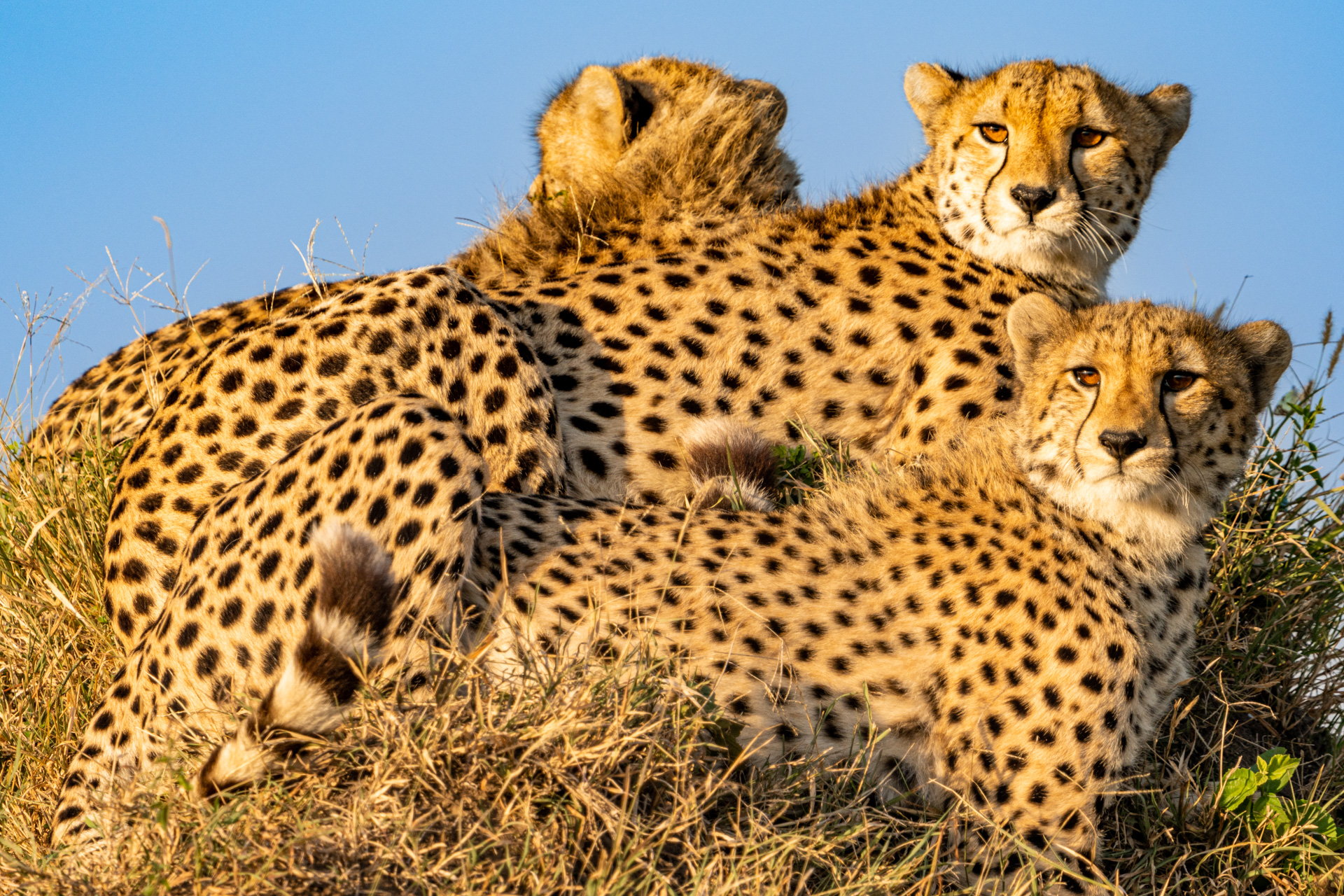

Lappet-faced vultures are the largest in Africa with a wingspan of up to 2.9 metres. Their strong sense of smell allows them to detect carcasses from miles away and their powerful beak is used to tear through flesh and bones. These vultures are listed as endangered on the International Union for Conservation of Nature's (IUCN) Red List of Threatened Species, the world's most comprehensive inventory of the global conservation status of biological species. The list is a critical indicator of the health of the world's biodiversity. These vulture populations are declining due to habitat loss, poisoning and persecution.

This week I was lucky enough to spot not one, but two bat-eared foxes. Their large ears, which can grow up to 13cm long, help them to hear prey moving underground, such as termites and ants. Bat-eared foxes also have a keen sense of smell, which they use to track down prey. While mostly insectivorous, they will also eat small mammals, birds, reptiles and fruit. They are mostly active at night and often travel in pairs or small groups and are very vocal, communicating with each other using a variety of barks, howls, and squeaks. Playful animals, they enjoy chasing each other and rolling around in the dirt, living together in dens they have dug for themselves.

Near Little Governor's Camp, the River Pride was seen feeding on an elephant carcass, mostly likely due to natural causes. Initially, a young male was enjoying a meal to himself but later more members of the pride were seen with the kill. After the lions had left, some Angama guests witnessed about 10 elephants surrounding the carcass of the animal. This is a common behaviour expressed by elephants as if mourning the lost member of their group.
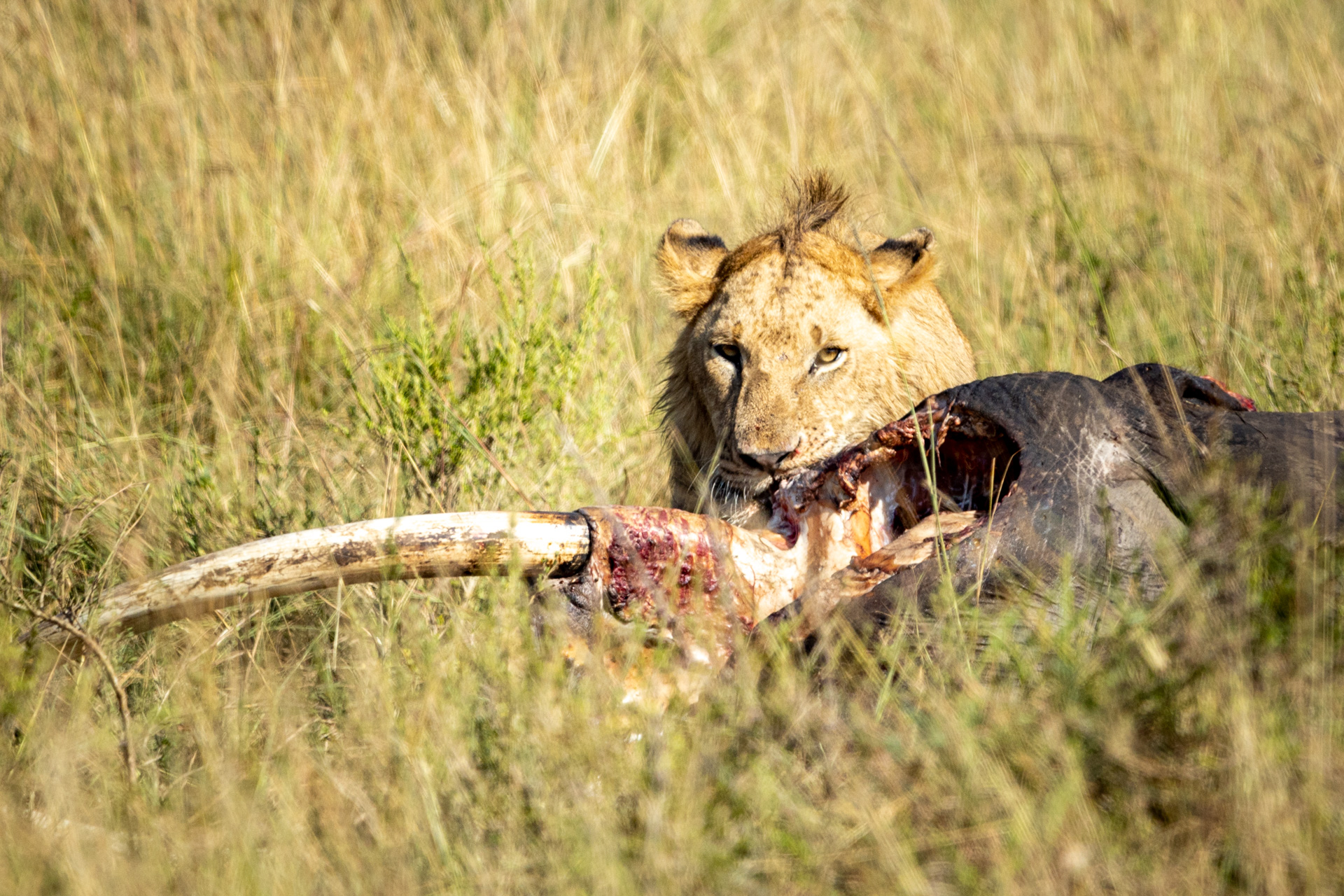

My colleague Robert captured a martial eagle feeding on a banded mongoose this week. Luckily, he had his camera at the ready when he first noticed something moving on the ground — his effort was rewarded as these massive birds of play are always a spectacular sight.


Sunrises are new beginnings. A sense of peace and tranquillity rides the warm waves of light that glow on the savannah as we drive down Angama's private road into the Mara. This place never ceases to amaze me nor does a day's adventure in true wilderness, from the little rufous-naped lark to the giant elephant and everything in between.
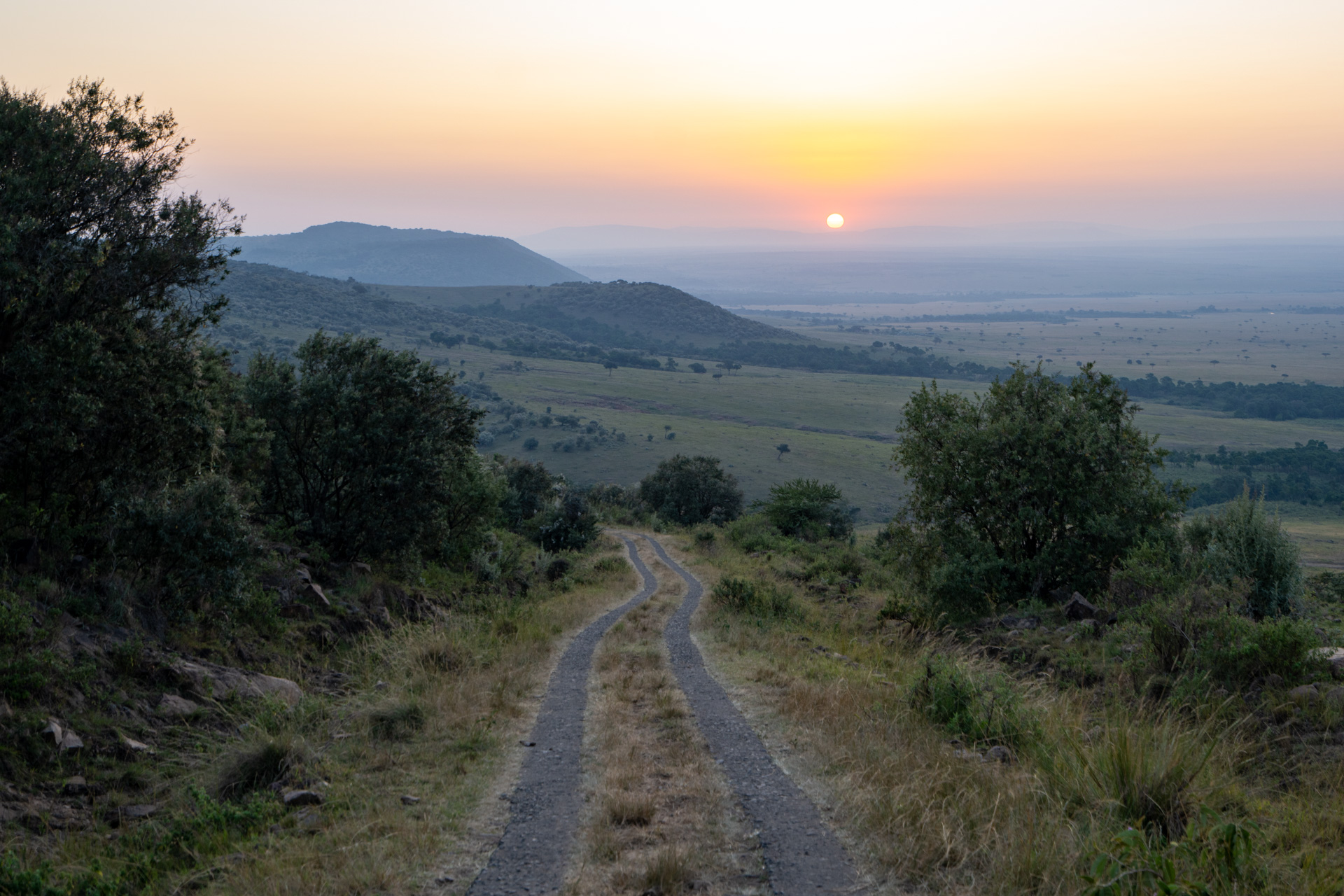
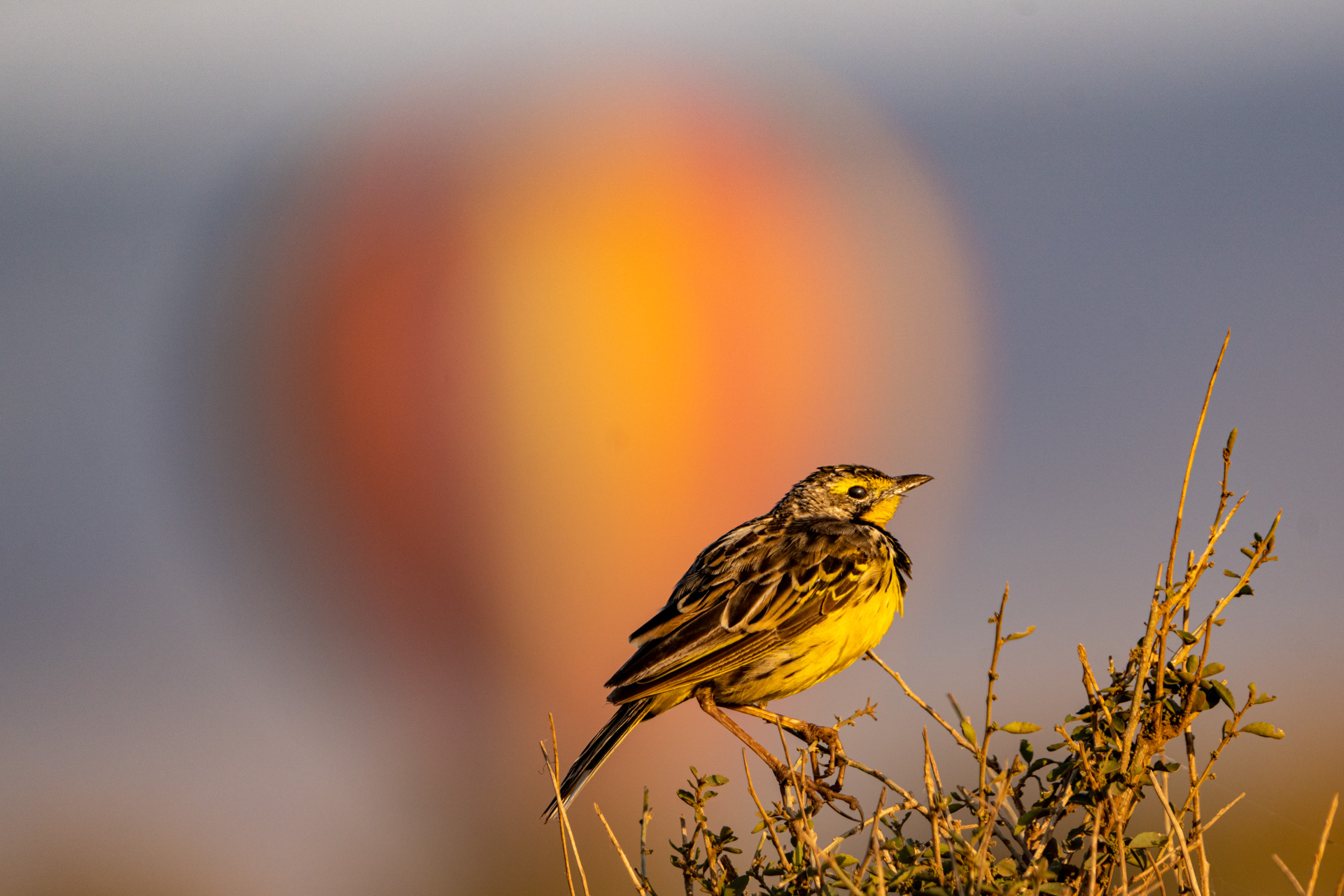

This time last year, in an exceptionally strange sighting, Robert witnessed a jackal and a secretary bird engaged in what can only be described as an odd game of tug of war.
Filed under: This Week at Angama
Subscribe for Weekly Stories
Comments (0):

Rates & Availability